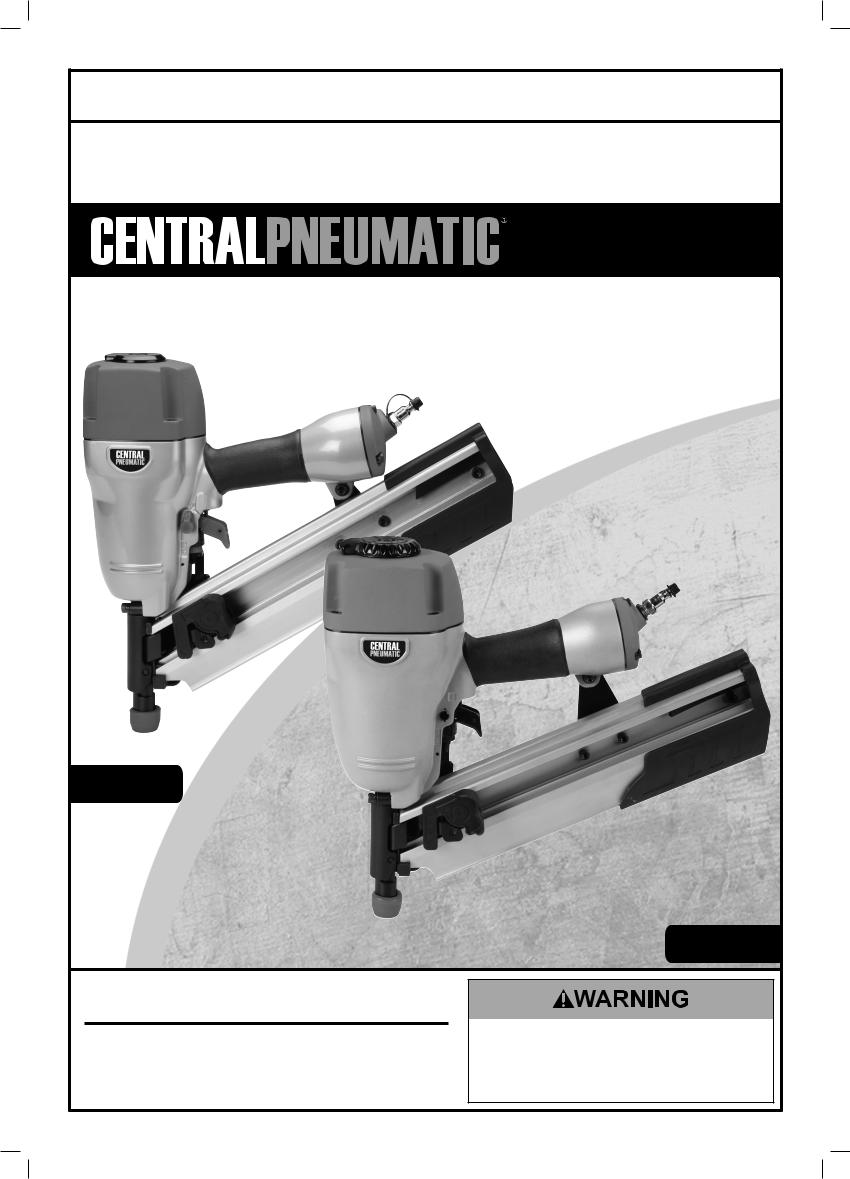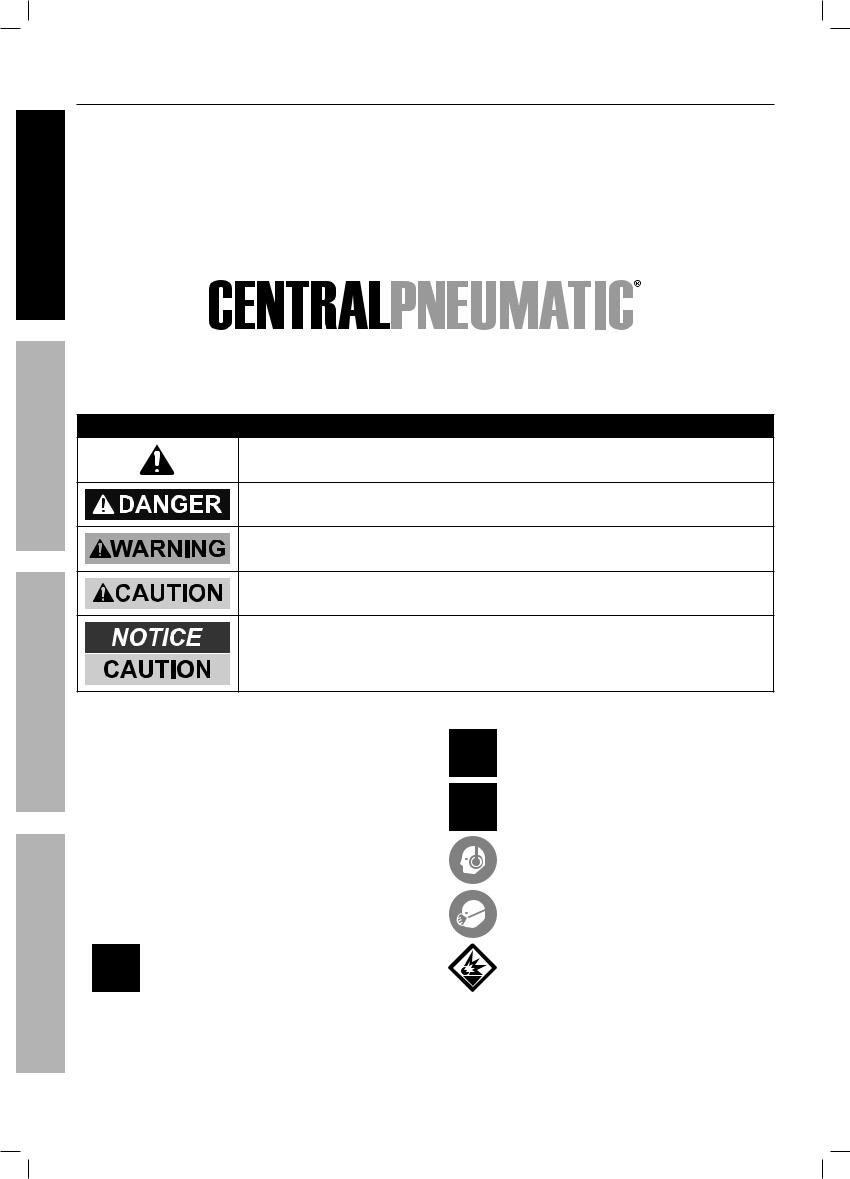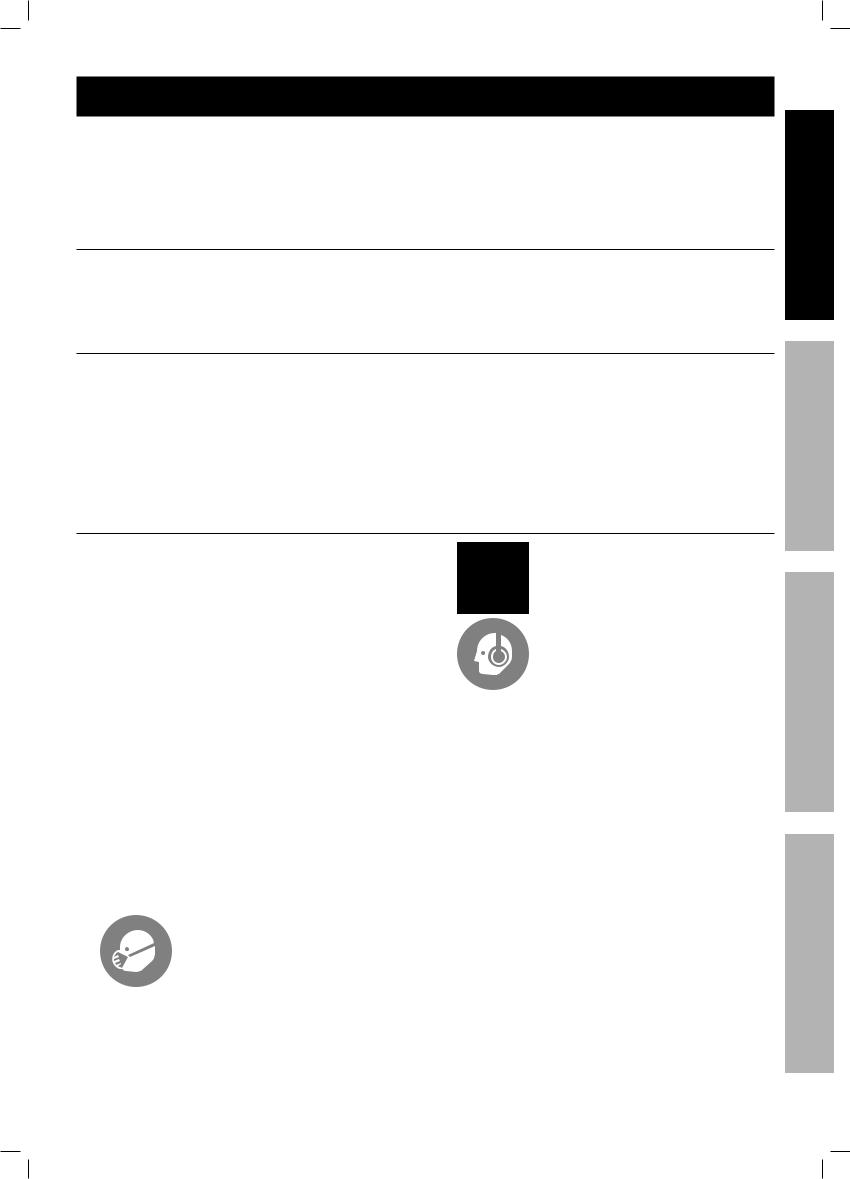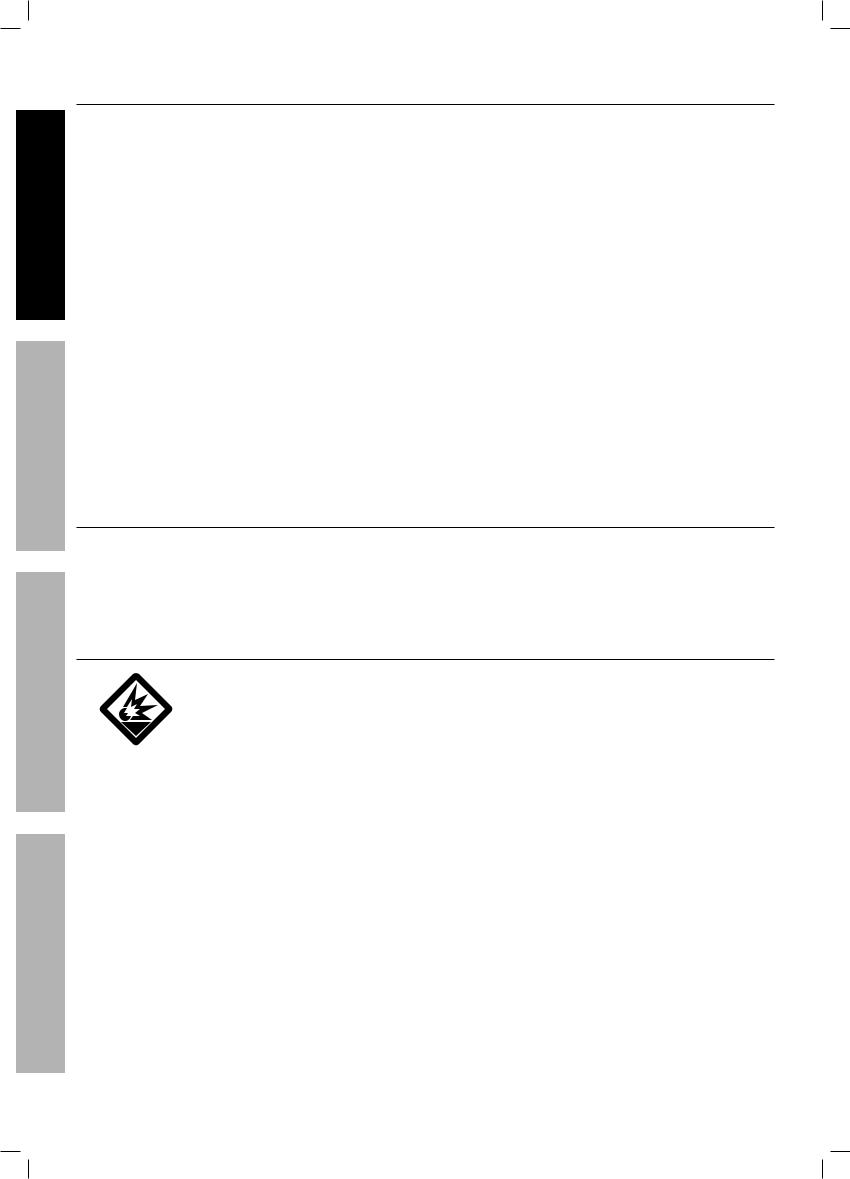Harbor Freight Tools 68068 User Manual

Owner’s Manual & Safety Instructions
Save This Manual Keep this manual for the safety warnings and precautions, assembly, operating, inspection, maintenance and cleaning procedures. Write the product’s serial number in the back of the manual near the assembly diagram (or month and year of purchase if product has no number). Keep this manual and the receipt in a safe and dry place for future reference.
framing nailer 28° angle
21° angle
ITEM 68068
|
Visit our website at: http://www.harborfreight.com |
|
Email our technical support at: tech@harborfreight.com |
REV 12a |
ITEM 68028
When unpacking, make sure that the product is intact and undamaged. If any parts are missing or broken, please call 1-800-444-3353 as soon as possible.
Copyright© 2010 by Harbor Freight Tools®. All rights reserved.
No portion of this manual or any artwork contained herein may be reproduced in any shape or form without the express written consent of Harbor Freight Tools.
Diagrams within this manual may not be drawn proportionally. Due to continuing improvements, actual product may differ slightly from the product described herein.
Tools required for assembly and service may not be included.
Read this material before using this product. Failure to do so can result in serious injury. SAVE THIS MANUAL.

SAFETY
SETUP
OPERATION
MAINTENANCE
Table of Contents
Safety.......................................................... |
2 |
Maintenance............................................... |
12 |
Specifications.............................................. |
6 |
Parts List and Diagram............................... |
14 |
Setup........................................................... |
7 |
Warranty..................................................... |
16 |
Operation................................................... |
10 |
|
|
WARNING SYMBOLS AND DEFINITIONS
This is the safety alert symbol. It is used to alert you to potential personal injury hazards. Obey all safety messages that follow this symbol to avoid possible injury or death.
Indicates a hazardous situation which, if not avoided, will result in death or serious injury.
Indicates a hazardous situation which, if not avoided, could result in death or serious injury.
Indicates a hazardous situation which, if not avoided, could result in minor or moderate injury.
Addresses practices not related to personal injury.
Symbol |
Property or statement |
PSI |
Pounds per square inch of pressure |
|
|
CFM |
Cubic Feet per Minute flow |
|
|
SCFM |
Cubic Feet per Minute flow |
at standard conditions |
|
|
|
NPT |
National pipe thread, tapered |
|
|
NPS |
National pipe thread, straight |
|
|
|
WARNING marking concerning |
|
Risk of Eye Injury. Wear ANSI-approved |
|
safety goggles with side shields. |
Symbol |
|
Property or statement |
|
Warning marking concerning |
|
|
Risk of |
Puncture Injury. |
|
Wear heavy duty work gloves. |
|
|
Read the manual before |
|
|
set-up and/or use. |
|
|
|
|
|
WARNING marking concerning |
|
|
Risk of Hearing Loss. |
|
|
Wear hearing protection. |
|
|
WARNING marking concerning |
|
|
Risk of Respiratory Injury. Wear |
|
|
NIOSH approved dust mask/respirator. |
|
|
WARNING marking concerning |
|
|
Risk of Explosion. |
|
|
|
|
Table A: Symbol Definitions
Page 2 |
For technical questions, please call 1-800-444-3353. |
Item 68028 |
|
|
68068 |

IMPORTANT SAFETY INSTRUCTIONS
INSTRUCTIONS PERTAINING TO A RISK OF FIRE, ELECTRIC SHOCK, OR INJURY TO PERSONS
WARNING – When using tools, basic precautions should always be followed, including the following:
General
a.To reduce the risks of electric shock, fire, and injury to persons, read all the instructions before using the tool.
SAFETY
Work area
a.Keep the work area clean and well lighted.
Cluttered benches and dark areas increase the risks of electric shock, fire, and injury to persons.
b.Do not operate the tool in explosive atmospheres, such as in the presence of flammable liquids, gases, or dust. The tool is able to create sparks resulting in the ignition of the dust or fumes.
c.Keep bystanders, children, and visitors away while operating the tool. Distractions are able to result in the loss of control of the tool.
Personal safety
a.Stay alert. Watch what you are doing and use common sense when operating the tool. Do not use the tool while tired or under the influence of drugs, alcohol, or medication.
A moment of inattention while operating the tool increases the risk of injury to persons.
b.Dress properly. Do not wear loose clothing or jewelry. Contain long hair. Keep hair, clothing, and gloves away from moving parts. Loose clothes, jewelry, or long hair increases the risk of injury to persons as a result of being caught in moving parts.
c.Avoid unintentional starting. Be sure the trigger is released before connecting to the air supply. Do not carry the tool with your finger on the trigger or connect the tool to the air supply with the trigger pressed.
d.Do not overreach. Keep proper footing and balance at all times.
Proper footing and balance enables better control of the tool in unexpected situations.
e.Use safety equipment.
A dust mask, non-skid safety shoes and a hard hat must be used for the applicable conditions. Wear heavy-duty work gloves during use.
f.Always wear eye protection.
Wear ANSI-approved safety goggles with side shields.
g.Always wear hearing protection when using the tool. Prolonged exposure to high intensity noise is able to
cause hearing loss.
h.Do not attach the hose or tool to your body.
Attach the hose to the structure to reduce the risk of loss of balance if the hose shifts.
i.Always assume that the tool contains fasteners.
Do not point the tool toward yourself or anyone whether it contains fasteners or not.
j.WARNING – Do not fire fastener on top of another fastener. This is able to cause the fastener to be deflected and hit someone, or cause the tool to
react and result in a risk of injury to persons.
k.WARNING – Remove finger from the trigger when not driving fasteners. Never carry the tool with finger on trigger, the tool is able to fire a fastener.
SETUP
OPERATION
MAINTENANCE
Item 68028 |
For technical questions, please call 1-800-444-3353. |
Page 3 |
68068 |
|
|

SAFETY
SETUP
OPERATION
Tool use and care
a.Use clamps or another practical way to secure and support the workpiece to a stable platform.
Holding the work by hand or against the body is unstable and can lead to loss of control.
b.Do not force the tool. Use the correct tool for the application. The correct tool will do the job better and safer at the rate for which the tool is designed.
c.Do not use the tool if the trigger does not turn the tool on or off. Any tool that cannot be controlled with the trigger is dangerous and must not be used until repaired.
d.Disconnect the tool from the air source before making adjustments, doing tool maintenance, clearing jams, touching the safety nosepiece, leaving work area, loading, or unloading the tool. Such precautionary measures reduce the risk of injury to persons.
e.Store the tool when it is idle out of reach of children and other untrained persons.
A tool is dangerous in the hands of untrained users.
f.Maintain the tool with care.
A properly maintained tool reduces the risk of binding and is easier to control.
g.Check for misalignment or binding of moving parts, breakage of parts, and any other condition that affects the tool’s operation. If damaged, have the tool serviced before using. Many accidents
are caused by poorly maintained tools.
There is a risk of bursting if the tool is damaged.
h.Use only accessories that are identified by the manufacturer for the specific tool model. Use of an accessory not intended for use with the specific tool model, increases the risk of injury to persons.
i.Use only those fasteners listed in the Specifications chart of this manual.
Fasteners not identified for use with this tool by the tool manufacturer are able to result in a risk of injury to persons or tool damage when used in this tool.
Service
a.Tool service must be performed only by qualified repair personnel.
b.When servicing a tool, use only identical replacement parts. Use only authorized parts.
Air source
c.Use only the lubricants supplied with the tool or specified by the manufacturer.
a.Never connect to an air source that is b. Never use oxygen, carbon dioxide, combustible
capable of exceeding 200 PSI.
Over pressurizing the tool may cause bursting, abnormal operation, breakage of the tool or serious injury to persons.
Use only clean, dry, regulated compressed air at the rated pressure or within the rated pressure range as marked on the tool. Always verify prior to using the tool that the air source has been adjusted to the rated air pressure or within the rated air-pressure range.
gases or any bottled gas as an air source for the tool. Such gases are capable of explosion and serious injury to persons.
MAINTENANCE
 SAVE THESE INSTRUCTIONS.
SAVE THESE INSTRUCTIONS.
Page 4 |
For technical questions, please call 1-800-444-3353. |
Item 68028 |
|
|
68068 |

Specific Safety Instructions
1.Operators and others in work area MUST wear ANSI-approved safety goggles with side shields during use. The employer is responsible to enforce the use of eye protection by the operator and others in the work area.
2.Keep fingers away from trigger when not driving fasteners to avoid accidental firing.
3.Choice of triggering method is important. Check manual for triggering options.
4.Always assume the tool contains fasteners.
5.Do not point the tool toward yourself or anyone whether it contains fasteners or not.
6.Do not actuate the tool unless the tool is placed firmly against the workpiece.
7.Respect the tool as a working implement.
8.No horseplay. This tool is not a toy and can be deadly if misused.
9.Do not load the tool with fasteners when any one of the operating controls, such as the Trigger or Safety Nosepiece, is activated.
10.Do not remove, tamper with, or otherwise cause the tool operating controls to become inoperable.
11.Do not operate the tool if any portion of the tool operating controls is inoperable,
disconnected, altered, or not working properly.
12.Disconnect the tool from the air supply when:
a.Unattended.
b.Performing any maintenance or repair.
c.Clearing a jam.
d.Moving the tool to a new location.
13.Do not make any modifications to this tool.
14.Refer to the tool maintenance instructions for detailed information on the proper maintenance of the tool.
15.Fire fasteners into an appropriate work surface only. Do not attempt to fire fasteners into surfaces too hard to penetrate. Do not drive fasteners on top
of other fasteners, or at too steep of an angle. Fasteners can ricochet causing personal injury.
16.Do not fire fasteners too close to the edge of
aworkpiece. They may split the workpiece
and fly free, causing personal injury.
17.Keep clear of the workpiece near the area being fastened. Fasteners may bend sideways during firing, causing them to exit the workpiece at an unexpected point, causing personal injury.
18.Transport tool safely. Always disconnect air supply when moving the tool. Carry the tool by the handle and avoid contact with the trigger.
19.Hold tool away from head and body. During operation the tool may kick back causing injury.
20.Do not fire fasteners into a workpiece that has people, utility lines, or other objects behind or inside it.
21.Keep balance while using this tool.
Keep area below clear if working in an elevated location, and secure air hose to prevent falls from bystanders accidentally pulling on it.
22.Obey the manual for the air compressor used to power this tool.
23.Install an in-line shutoff valve to allow immediate control over the air supply in an emergency, even if a hose is ruptured.
24.Do not engrave or stamp anything into the housing to avoid weakening it.
25.WARNING: Some dust created by power sanding, sawing, grinding, drilling, and other construction activities, contains chemicals known [to the State of California] to cause cancer, birth defects or other reproductive harm. Some examples of these chemicals are:
•Lead from lead-based paints
•Crystalline silica from bricks and cement or
other masonry products
• Arsenic and chromium from chemically treated lumber
Your risk from these exposures varies, depending on how often you do this type of work.
To reduce your exposure to these chemicals: work in a well ventilated area, and work with approved safety equipment, such as those dust masks that are specially designed to filter out microscopic particles. (California Health & Safety Code § 25249.5, et seq.) WARNING: The brass components of
this product contain lead, a chemical known to the State of California to cause birth defects (or other reproductive harm).
(California Health & Safety code § 25249.5, et seq.)
26.The warnings and precautions discussed in this manual cannot cover all possible conditions and situations that may occur. It must be understood by the operator that common sense and caution are factors which cannot be built into this product, but must be supplied by the operator.
SAFETY
SETUP
OPERATION
MAINTENANCE
Item 68028 |
For technical questions, please call 1-800-444-3353. |
Page 5 |
68068 |
|
|
